No doubt the clearest sign of progress in the long-running negotiations on Iran’s nuclear programme is Binyamin Netanyahu’s determination to go to the US Congress to speak against a deal. But there are other straws in the wind in the sidelines of the Munich Security Congress, where the Iranian foreign minister, Mohammad Javad Zarif, has been meeting his western counterparts over the weekend.
Zarif portrayed the issue of sanctions as the main sticking point, wondering when their supporters would realise they were a strategic “liability rather than an asset”. But he added: “We are making making good headway even on that”. The Supreme Leader, Ali Khamenei, issued a mostly positive statement, saying an agreement will require compromise on both sides.
“There has been some progress. There has been some movement,” the UK foreign secretary, Philip Hammond, agreed after his own Zarif meeting on Saturday morning. He described the current stage of the talks as going “around and around on the issue of enrichment”, appropriately enough given that the negotiations involve centrifuges. Hammond said:
It’s about Iran’s enrichment capability. It’s about agreeing or accepting a level and a trajectory of enrichment capability that - when seen in the round as part of the overall package - means we can still deliver our key red line which is the one-year minimum breakout period.
The negotiations, which were supposed to be completed in November but have been extended another seven months, had been stuck because of a big gap between Iranian and western positions on the enrichment capacity, as well as sanctions.
Iran was adamant it wanted to keep its roughly ten thousand centrifuges currently in operation. The West wanted Iran to go down to below four thousand, on the logic that reduced number would guarantee it would take Iran a year to “breakout” - in other words, tear up its treaty obligations and go hell-for-leather for a bomb.
Since November, diplomats from Iran and the six other negotiating nations (US, UK, Germany, France, China and Russia) have been fiddling with all the variables in the enrichment equation to try to bridge the gap. As Associated Press has reported, that involves changing the speed and efficiency in which the centrifuges can enrich uranium hexafluoride gas (the form in which uranium can be purified). Another variable open to negotiation is the size of the Iranian stockpile of low enriched uranium. If that is turned to oxide or shipped out of the country, it would be another way of lengthening Iran’s breakout time.
The talks in Munich over the weekend also involved a fourth factor: the length of the agreement.
If the restrictions on enrichment are going to last a relatively long time - 15 years is the western preference - Iran would want to keep a greater number of centrifuges, even if they functioned at lower efficiency. If the deal lasts for less than 10 years, as Iran would prefer, Tehran would be prepared to accept cuts to its present number of functioning centrifuges. After that relatively short period, Iran would ramp up its enrichment to an industrial scale, allowing it to make all the fuel for the electric power reactor in Bushehr.
Judging by the positive commentary coming out of Iran, Tehran is happy with this new flexibility on the enrichment question. But the western negotiating partners wish Zarif could convert that enthusiasm into a commitment to nail down the enrichment issue, so the talks move on to other niggling matters, such as the timing of sanctions relief. This is what Hammond said he told Zarif in Munich:
Because we’re running out of time now, we need a clear unambiguous signal from the Iranians that we are close on the key area of enrichment, in order to create the momentum that’s needed to get significant progress on some of the other areas where there are still open questions.
The final deadline is the end of June, but the negotiators set themselves a soft deadline of March for putting together an overall framework for a deal. Both Zarif and the US secretary of state, John Kerry, said on Sunday they were against further extensions. The March deadline has quietly been moved from the beginning of the month to the end, but even that is just weeks away. As ever, the speed of progress does not inspire confidence the deadline will be met, but the direction of movement does still seem to be forward.
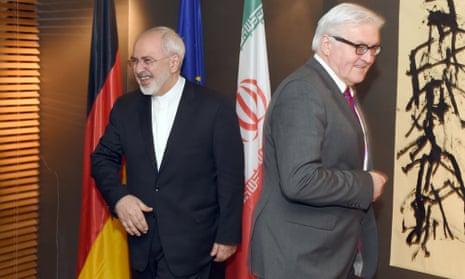
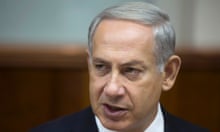
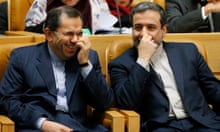

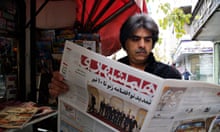
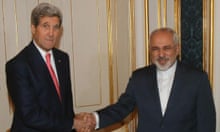
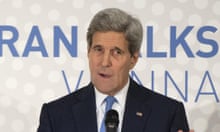

Comments (…)
Sign in or create your Guardian account to join the discussion